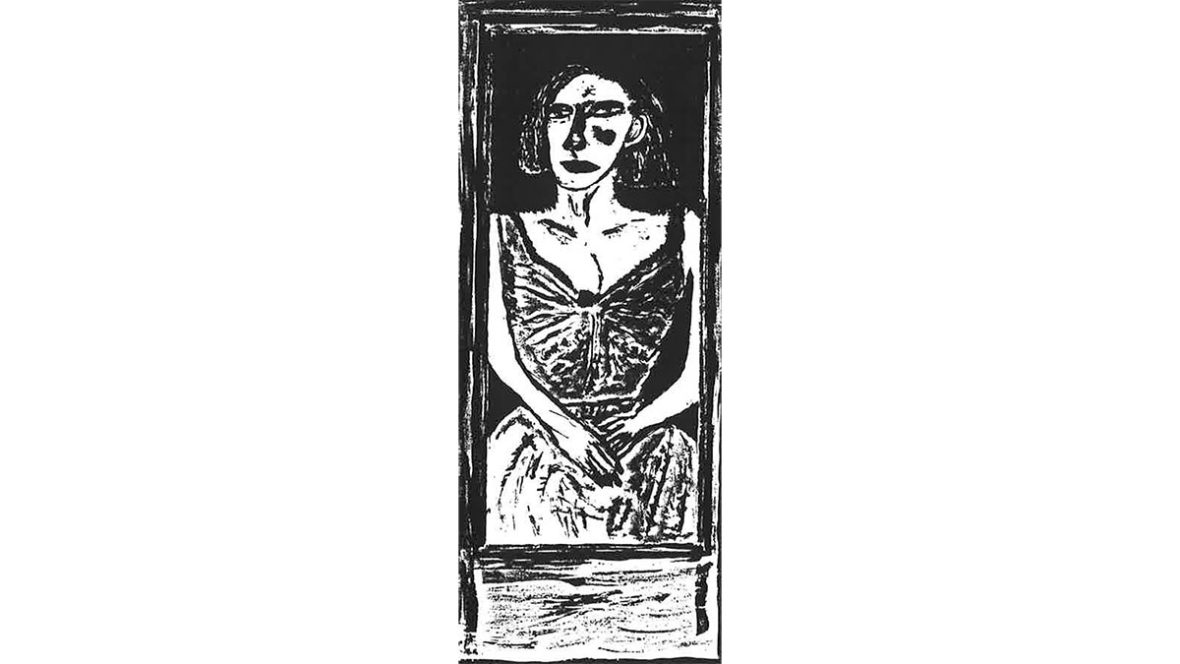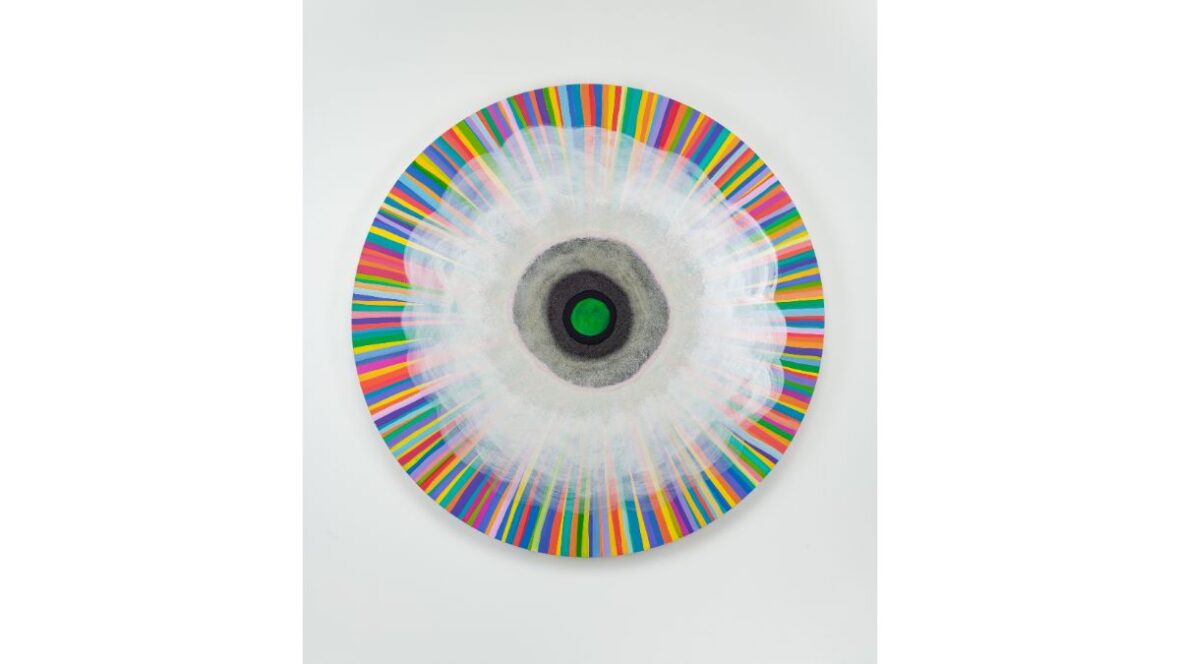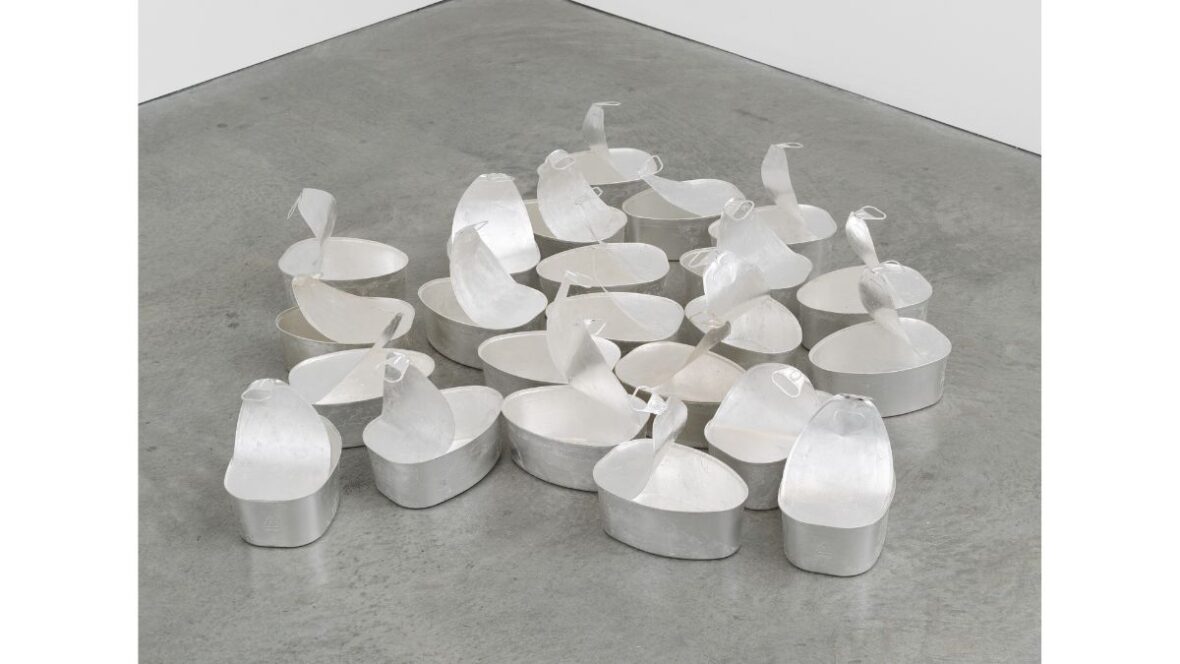Northwest Expressionism
Exhibition Information
New work by SOSC Art faculty members Cody Bustamante and Peg Sjorgen was presented in conjunction with this exhibition.
Mary Megrath Turner Bio
Born in Seattle Washington, Mary Megrath Turner got her Bachelors of Art from University of Washington in 1961.
Michael Moran Bio
Michael Moran was born December 5th 1942. He holds a B.S. in painting and political science from Eastern Montana College (1966), and an MFA in ceramics from University of Puget Sound (1982). During the time of this exhibition he was a Visual Arts Instructor at The Evergreen State College, as well as working as a studio ceramist and painter.
Lucinda Parker Bio
Originally, from Boston, Lucinda Parker received a BA jointly from Reed College and the Pacific Northwest College of Art, in Portland, OR, and an MFA from Pratt Institute, New York. Her work has been exhibited at numerous one-person shows throughout the Pacific Northwest and nationally.
Laura Ross-Paul Bio
Laura Ross-Paul has a BFA from Fort Wright College (1974), and a BA and MFA in painting from Portland State University (1976).
She thinks of her work as reflecting a kind of personal landscape of her emotions. The landscape features serve to augment the figurative narration. The two moments in life that interest her are the intimate and the heroic, which she seeks to combine in her work. Ross-Paul paints until the image feels familiar.
Essay on Gregory Grenon’s Work
In the paintings of Gregory Grenon one confronts images of a solitary existence. Large-scale heads of women and men press forward toward the viewer, their monumental faces looming into focus in that momentary contact that has come to characterize the urban social milieu. These are ordinary people-one might see at a bus stop, in a discotheque or bar-but here, caught in an unguarded moment, they become powerfully disquieting emblems of contemporary life.
Heads have been the almost exclusive imagery of Grenon’s work since 1973. While incorporating details and titles that might suggest a specific identity, Grenon stops short of actual portraiture in favor of a more stylized and universal image. Frequently, Grenon’s people seem to combine contradictory qualities: youth and a jaded worldliness, isolation and intimacy, pleasure and pain, a lack of awareness and an infinite consciousness. Yet there is a psychic authenticity in these faces’ that jogs the memory like some chance encounter on the street: have I met this person before?
The overwhelming majority of Grenon’s paintings are of women. Grenon has said that he is “attracted to the vulgarity of women” -their freedom to change personality, to paint their lips, to be frankly visceral-and he celebrates that attraction in his work. His women are redolent of cheap cosmetics and a furious sensuality. But they are not to be confused with the media-inspired love goddesses of the past. Paragons of a new age, these women look out at the world with a direct, open engagement. They are the independent, self-determining women of the present-often aloof, frequently armored, but always equal and active participants in the dilemmas of their social reality.
We sense these implied dilemmas in the cast of the eyes and set of the mouth-the rich body language through which Grenon reveals the volatile emotions beneath the women’s fashionably made-up facades. The felinelike eyes-betraying frenzy, delusion, mimicry, lust-reveal a consciousness under stress, enduring the private angst and aggressions of the social moment.I Don’t Bluff, for example, exudes a warning and a fury familiar to many a woman who has attempted a quiet drink alone alone to face the unwanted attentions of a half-inebriated Lothario. Grenon’s paintings are full of such implicit social predicaments; his women know full well the incidental hurt that attends an emotionally and sexually charged situation. Hostility, guilt, bewilderment, sentimentality-the faces are awash with these intensely felt emotions of a lesser order. But these women are never merely victims. The fixed gaze of their eyes is as often as not a calculated aggression, a challenge. Grenon exploits the hypnotic power of these eyes: looking becomes staring, staring transfixes. The eyes confront, seduce, expose, damn.
Although these paintings stir recollections of the frontal heads of primitive and ancient cultures, from Bedu masks to Sumarian sculpture, Grenon works without conscious reference to any artistic models, historic or contemporary. His sensibility has been shaped in part by growing up in Detroit and working in Chicago. The animal energy of Grenon’s faces, their melodramatic emotions, their easy blend of decadence and innocence seem to embody the gritty force of those cities.
An inveterate scavenger, Grenon collects second-hand picture frames and salvaged window sash to provide both inspiration and support for his paintings on glass or plexiglas. His working process, an intensely private one, is characterized by the same drive and immediacy as his imagery. Motown and rock ‘n’ roll music-its lyrics provide the titles for many of the paintings-pulses through the studio, alternately prompting the artist to paint and to dance. Visualizing a face in a specific window sash or old picture frame, Grenon works in a frenzy, attempting to complete a painting in one sitting while the vision is immediate and fresh. He starts by drawing in lithographic pencil, or any oily substance, on the back of a glass sheet. (Grenon has alway’s chosen to work on hard, nonabsorbent surfaces. Trained as a printmaker and subsequently employed as a printer at Landfall Press, Chicago, he is well prepared to deal with the special problems that come with reverse painting.) He then applies the paint in layers, developing his imagery in reverse. Spontaneity and accident shape the work only insofar as they are consonant with the control Grenon maintains to realize his vision. The “right” side of the painting only emerges when the glass is dropped into its frame, and the artist sees it for the first time. A monumental face takes form in the shallow vernal light contained behind the painting’s glass, a driving energy compressing it against the glass.
Drawing is the basis for Grenon’s paintings and, I believe, cannot be conceived separately from the painting, so successful is the fusion of the two. From the rapidly scribbled black lines that chart the initial drawing to the graffiti-like color lines that agitate the surfaces of the faces, Grenon builds an impulsive, restless materiality that intensifies the emotional resonance of the piece. In the tension built by shifting his brushstrokes from plastic to expressive and back again, Grenon captures both the energy of life and the energy of paint. The formal abstracting impulse and the impulse to record the joy of painting come together in these works, producing faces that are at once codified (almond-shaped eyes, narrow nose, wide lacquered lips), yet compellingly individual. They are universal expressions of human frailty in which the painful discrepancy between who we are and who we wish we were is exposed. Grenon’s color also heightens the drama of his work: with the shock of a saturated color slashing into a pastel field, he continually breaks through the boundary between description and expression. Frequently the color and patterning moves out onto the old window sash and frames, as in the strong, simply colored frame of I’m Back and I’ve Got 9 Lives or the vermiculated frames of Dino and Hanna. The active surfaces of the frames release the agitated energy of the paint into the Viewer’s space.
Gregory Grenon’s paintings are direct and boldly immediate. They demand a sharp visceral response-attraction, repulsion, laughter pain. Their initial impact may suggest a kinship with current neo-Expressionist painting, but whereas much of that work describe physical and political violence, Grenon’s paintings are about the intimacy of human emotions. His women and men, although somewhat depersonalized, give no sense of being will-less or totally victimized. Rather assured of their resilience, they seem to revel in the heightened emotions brought on by the cracks in their public facades. No matter how slight, these creatures celebrate the human animal. Where, one may ask, the temporal salvation for these bruised creatures of Grenon’s observation? Somewhere, perhaps, in the inner knowledge that the pain and anxiety of the moment need not paralyze completely and that individual will rise to dance again.
Artists
Gregory Grenon
Michael Moran
Lucinda Parker
Laura Ross Paul
Mary Megrath Turner





